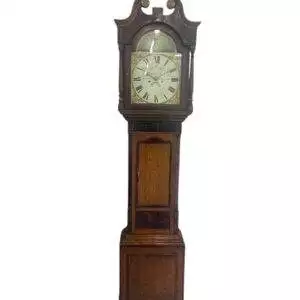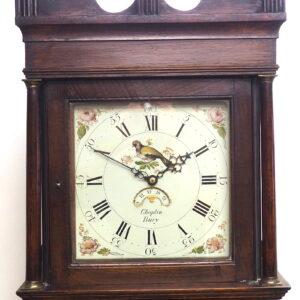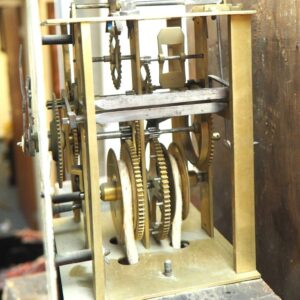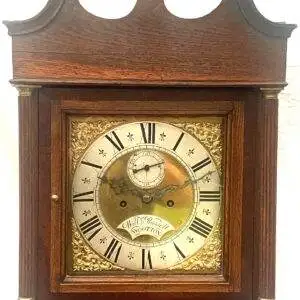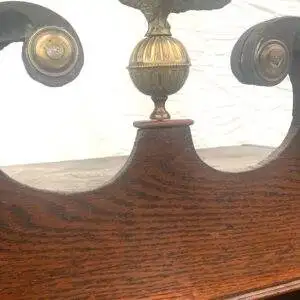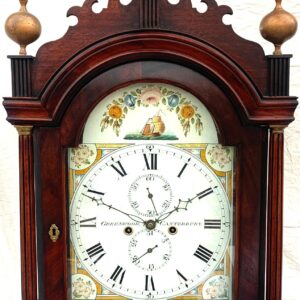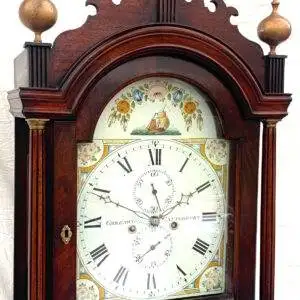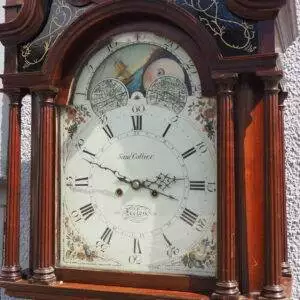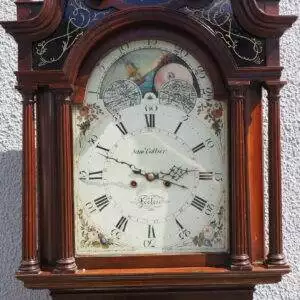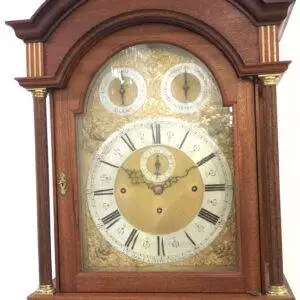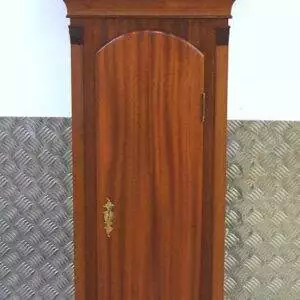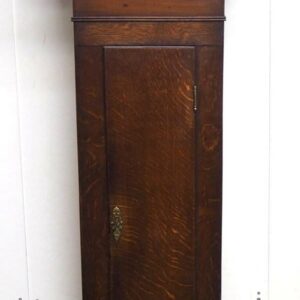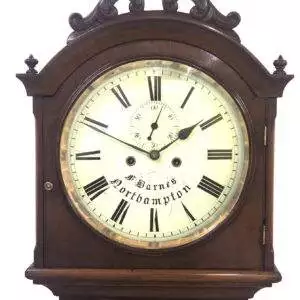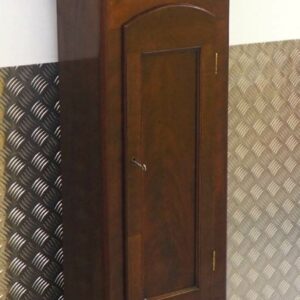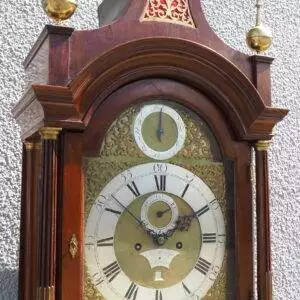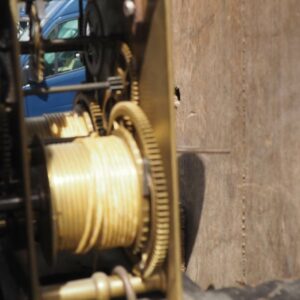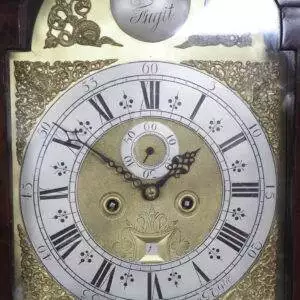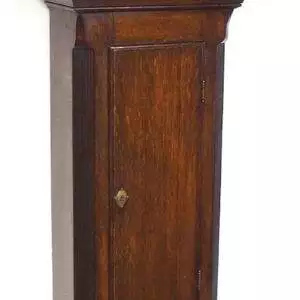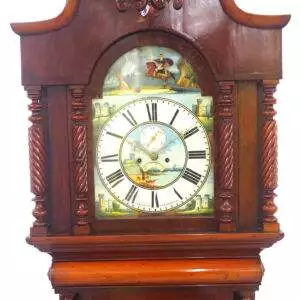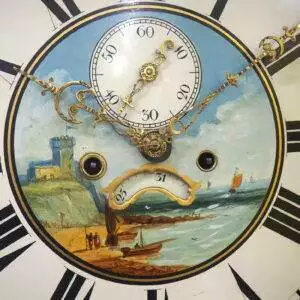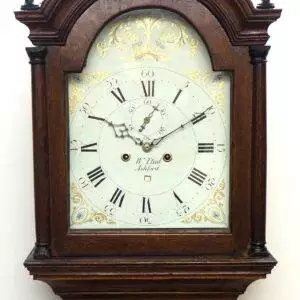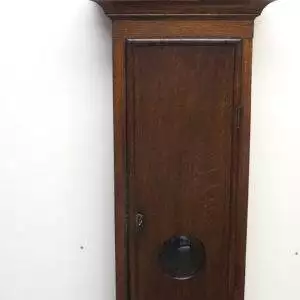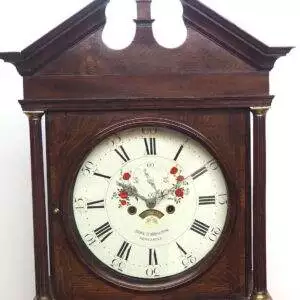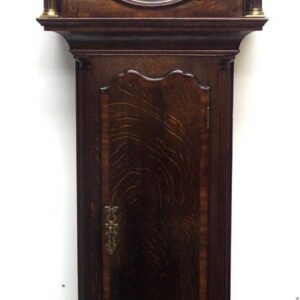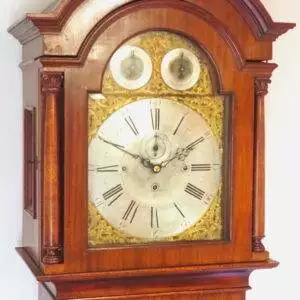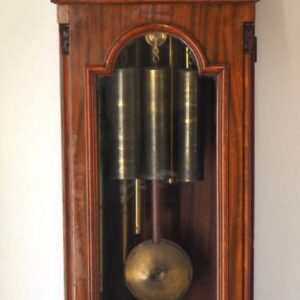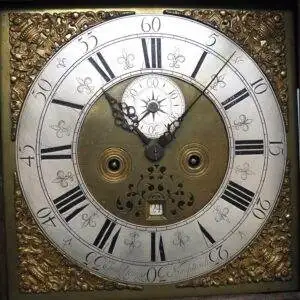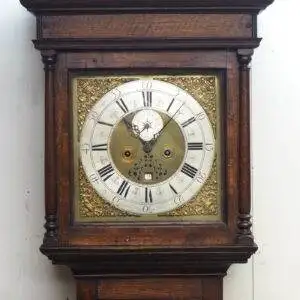Grandfather Clock
Grandfather Clocks are widely sought after antique pieces of furniture, they offer a completely unique look to any home, and are well known collectors favourites when it comes to vintage & antique clocks.
There are multiple different style and designs behind the simple grandfather clock, from a classic pendulum grandfather clock to a more modern grandfather clock, and to our personal favourite styles, the vintage grandfather clock.
Showing 1–16 of 43 results
Showing 1–16 of 43 results
Grandfather Clocks For Sale UK
Also known as longcase clocks, Grandfather clocks typically have a long weighted pendulum. These are stored (or often displayed) in the tower of the body, depending on the style of the longcase clock some clocks will have a glass front casing making the pendulums visible, others will be made from oak, mahogany and wood style materials keeping the inner mechanisms concealed. They are tall free-standing antique clock styles that were typically displayed in wealthy homes. The most valuable grandfather clock was created in 1835, and sold for £5.2m at auction, in Illinois USA.
How Much Is A Grandfather Clock Worth?
As one of the most known vintage clock styles, grandfather clocks can often be pretty expensive. their price varies depending on their heritage, age and materials used. Typically a grandfather clock can range between £300 – £8000, however many grandfather clocks have sold for well over £300,000 due to their design, age and intricate details. Valuing a antique clock often depends on the individual piece, it’s quality, condition and maker.
How To Transport Grandfather Clock?
Transporting a grandfather clock can be tricky, due to its size & weight. If you’re looking to move home, sell or buy a grandfather clock, chances are you’re going to need to transport it at some point. Expert advice suggests that transporting a grandfather clock should be done using multiple layers of bubble-wrap and/ or protective foam, followed by a box.
Depending on it’s condition and panelling it can be transported laying horizontally on it’s back rather than it’s typical free-standing position, however this is only applicable to newer more modern grandfather clocks, or those without glass panelling. Older more frail antique grandfather clocks can be more susceptible to damages, and therefore it’s recommended to be transported in’s usual upright position, this should then be secured to a moving truck or vehicle with rope at the head, centre and base of the clock.
What Is The Difference Between Grandfather & Grandmother Clocks?
Grandmother & Grandfather clocks share multiple similarities for example, both are longcase pendulum clocks, both can be made from various materials, styles, and offering similar chimes or delicate details.
The main notable difference between the two is height, with Grandfather Clocks on average measuring 2 feet taller than the Grandmother Clock.
Less commonly known, there is also a third style of clock, running within the same family known as the Granddaughter Clock, which again is less in height, measuring on average 3-4 feet, which is just a foot shy off of the average height of a Grandmother Clock.
When Were Grandfather Clocks Invented?
It’s unclear when the first Grandfather Clock was invented, however in 1656 Christian Huygens was the first person to use a Pendulum, as a driving device in clocks. Production slowly increased in the 1680s, however the main production was not considered to occur until some 200 years later during the mid 1800’s, which is where we see many of our favourite antique grandfather clocks from.

